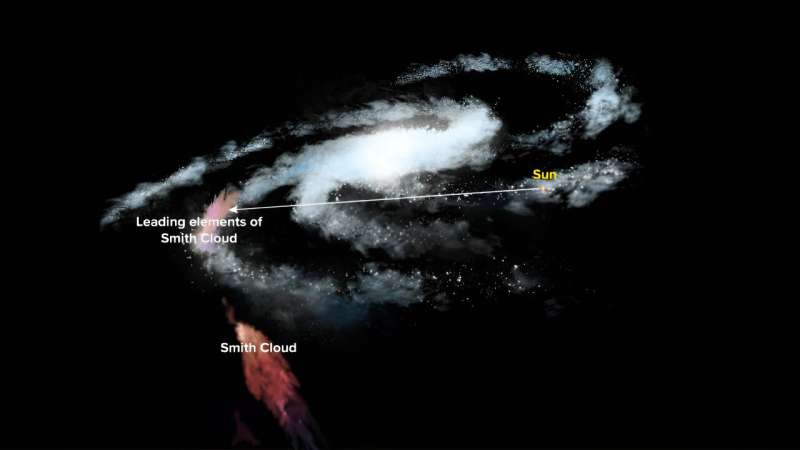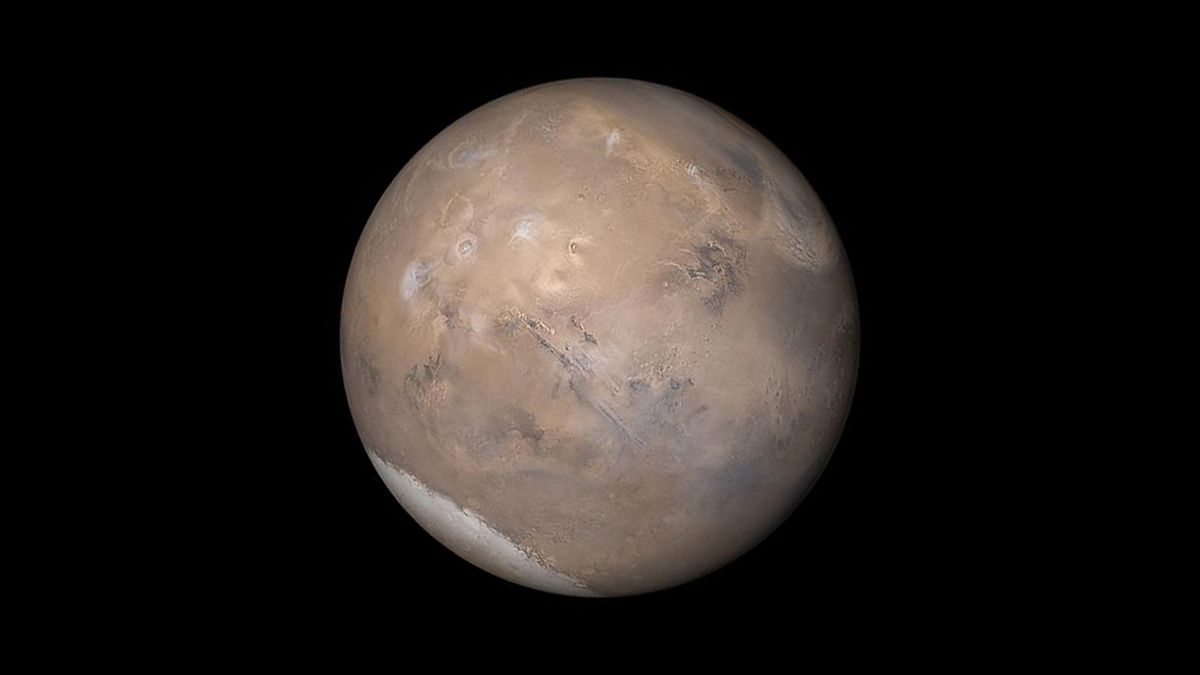

Artist’s rendering of a Sutter demonstration mission. Credit: Sercel / TransAstra Corporation / Anthony Longman
So far, scientists have found about 34,000 near-Earth asteroids (NEAs) that could serve as humanity’s stepping stones to the stars. These balls of rock and ice hold valuable resources as we expand throughout the solar system, making them valuable real estate in any future space economy. But the 34,000 we know of make up only a small percentage of the total number of nearby asteroids — some estimates theorize that as many as 1 billion asteroids larger than a modern car exist near Earth.
A project by Trans Astronautics Corp (TransAstra), a California-based asteroid-hunting start-up, hopes to find the missing billion: the Sutter Ultra project. Before we understand what Sutter Ultra is, it’s best to understand why we have such a hard time finding hundreds of millions of small asteroids nearby.
To put it bluntly, the problem is twofold – brightness and speed. Most ground-based observatories have long exposure times, allowing them to capture brighter but more stationary objects. KTAs, on the other hand, close from the planet quickly and are usually so faint that long exposure times at most observatories fail to see them at all. Since they move multiple pixels during each exposure, they don’t appear bright enough to be captured in this type of survey.
That’s where Sutter Ultra comes in. It’s named after the discovery of Sutter Mill that started the California Gold Rush of 1849 (and unfortunately, not according to our resident astrophysics expert – Paul Sutter). However, the TransAstra idea is significantly more technologically advanced than the search pan used in that discovery.
Sutter Ultra would be three separate systems, each containing over a hundred 30 cm telescopes. They will fly in coordination in a type of orbit called a Heliocentric Psuedo Geocentric Distant Retrograde Orbit (PRO). This would allow the three spacecraft to regularly focus on Earth and triangulate their readings in a way that would not otherwise be possible.
Once the data was captured, TransAstra developed an algorithm to track individual asteroids on the paths they might have traveled across the image. They also released a neat explainer video detailing the process they use and how it’s superior to existing asteroid tracking techniques.
The company’s calculations show that it is far superior. Their write-up on the Sutter Ultra project estimates that the program could find 300 times the total number of KTAs that humanity has ever found in just its first year of operation. That would add up to an astonishing 10 million asteroids each year, or 19 every minute a day. And yet, it would still be only 1% of the total number of KTAs out there.
If that wasn’t reason enough to get interested in the project, Sutter Ultra can also be used to track space debris, which is becoming an ever-increasing problem as more and more debris begins to fill orbital space. Many companies have developed business models around deorbiting space debris or flattening it with lasers, but if it lives up to the hype, the Sutter Ultra would definitely be the best way to track it down.
For now, the company is tempering its ambitions with a three-step approach, which would make the potential $400 million price tag a bit more digestible for funding agencies. TransAstra has a ground system in place as part of its NIAC Phase II project.
They are currently focusing on defining a Sutter Alpha mission using a CubeSat platform as a proof of concept. A Sutter Survey mission would then follow with three craft in LEO with four telescopes each.
That means the timing for the Sutter Ultra mission is still unclear, and the ultimate goal of the original grant is in jeopardy. But even with a scaled-down version that’s more palatable to funding agencies, TransAstra is leading the charge in nearby asteroid survey systems. If they’re lucky, they might just strike more gold than even the Californian 49ers could dream of.
Provided by Universe Today
citation: A mission to find 10 million near-Earth asteroids every year (2024, June 12) Retrieved June 13, 2024, from https://phys.org/news/2024-06-mission-million-earth-asteroids-year.html
This document is subject to copyright. Except for any fair agreement for study or private research purposes, no part may be reproduced without written permission. The content is provided for informational purposes only.
#mission #find #million #nearEarth #asteroids #year
Image Source : phys.org




